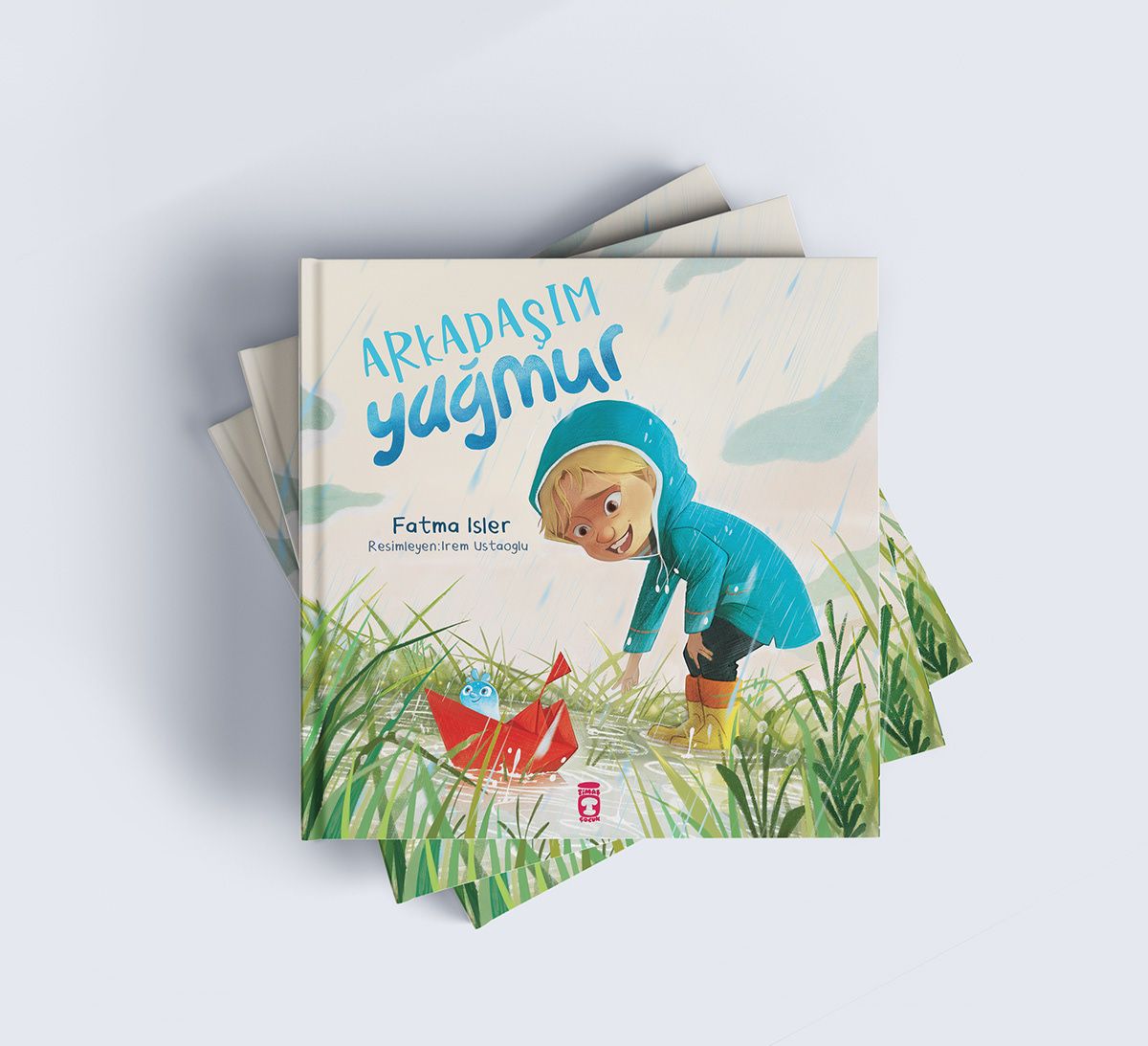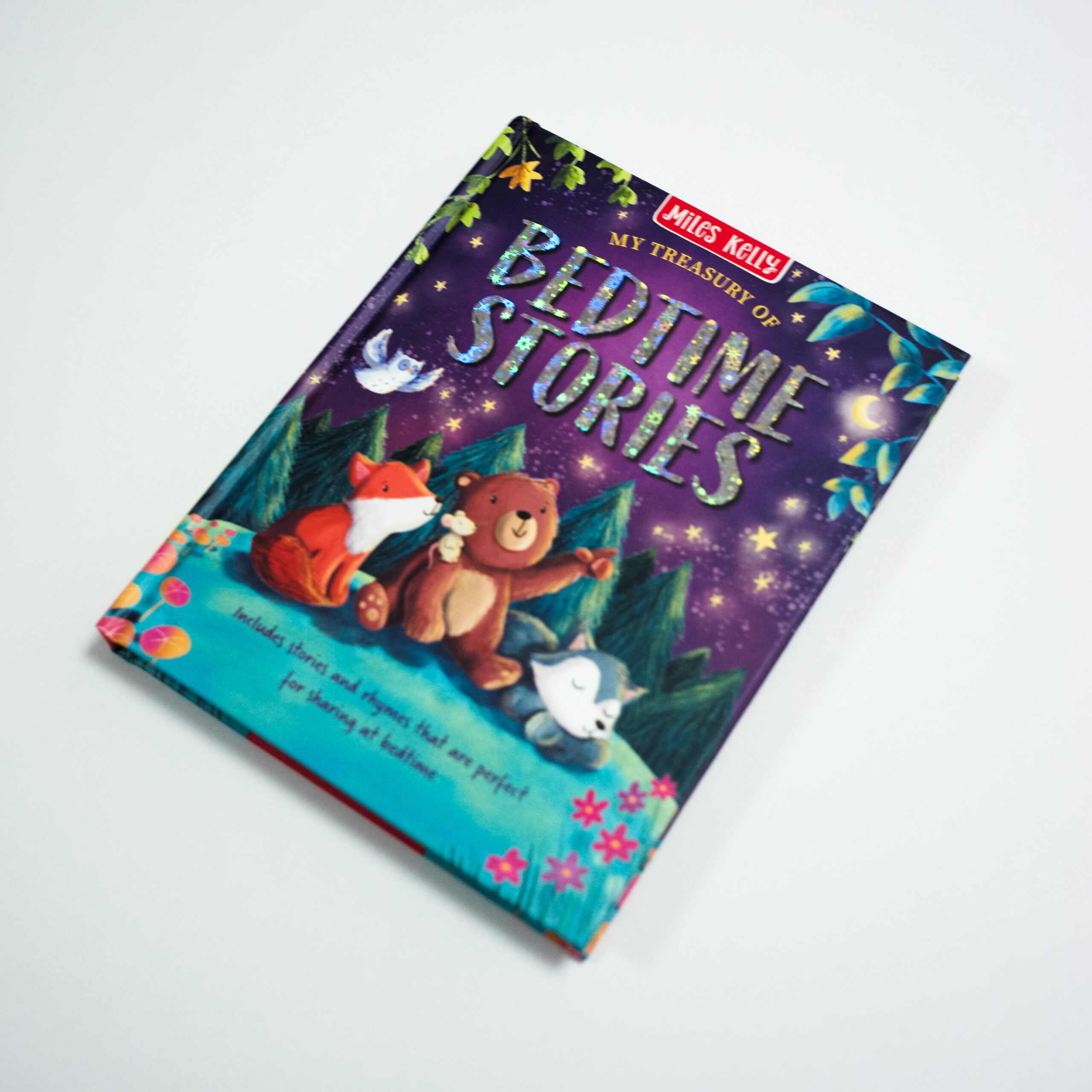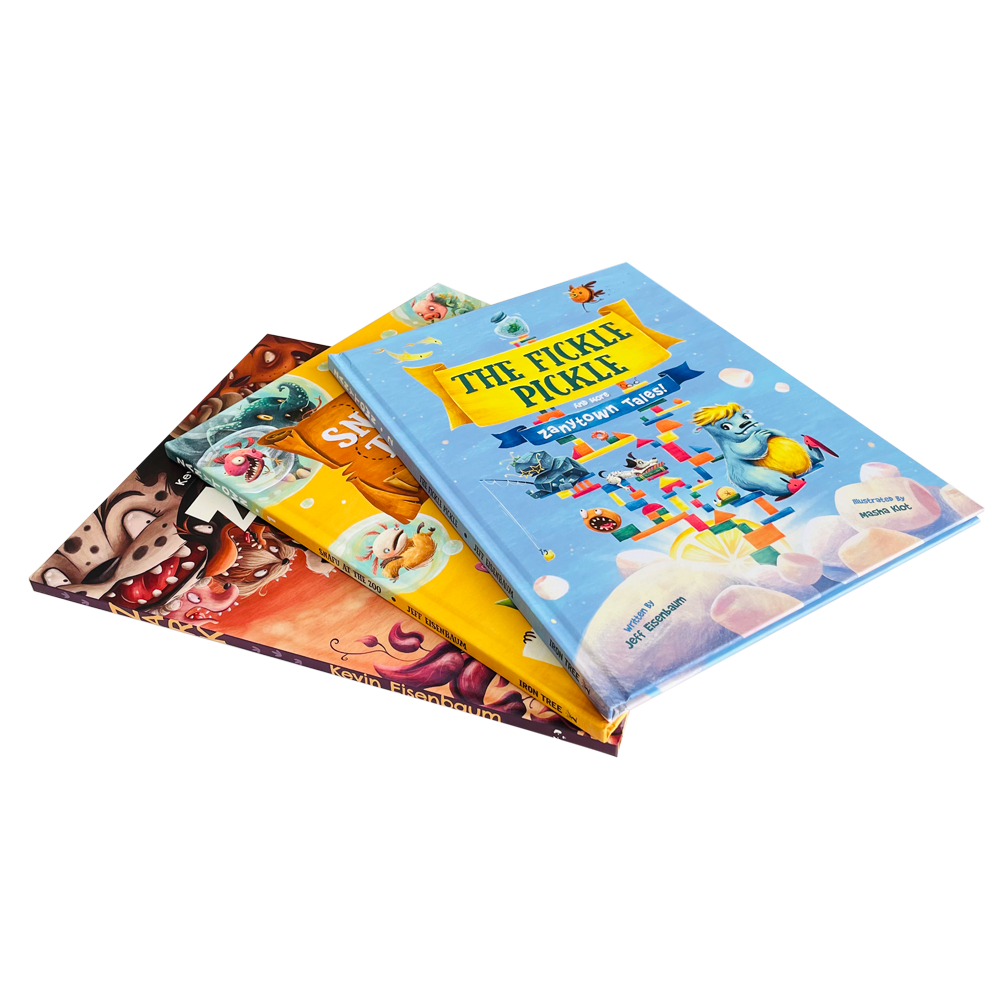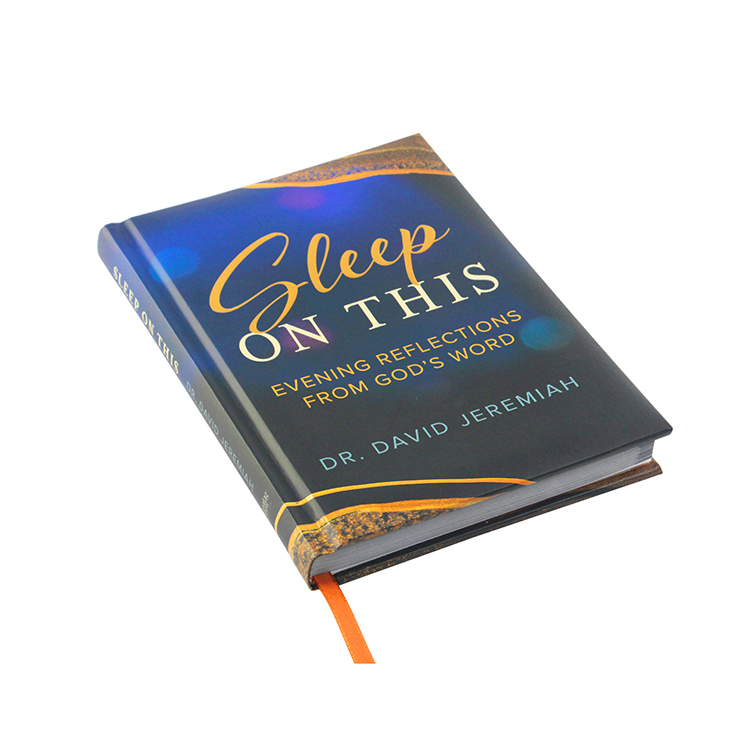What kind of paper are children's books printed on?
When creating a children’s book, every element matters—especially the choice of paper. Selecting the right type of paper can elevate a book’s look, feel, and durability, ensuring it captures young readers’ attention while standing up to frequent handling. At [Books Printing Factory], we specialize in printing children’s books, and we’re here to break down the paper types, coatings, and thicknesses available, making your decision easier. Understanding these details will help you select the perfect paper stock for your book, from vibrant picture books to simpler story-based publications.
In this guide, we’ll go through the essential factors for selecting children’s book paper, including the importance of GSM (grams per square meter), coated versus uncoated paper, and the impact of paper choices on book durability and reader experience.
목차
1. Understanding GSM: What Does Paper Weight Mean?
What is GSM?
GSM, or grams per square meter, is a standard measurement for paper thickness, directly indicating the paper’s weight and density. The GSM rating helps determine how durable and sturdy a page will feel. For example, high-GSM paper tends to feel more premium and durable, which can be ideal for children’s books that see frequent use.
Typical GSM Ratings for Common Printed Materials
Here are some GSM levels for commonly found printed items, giving context to the various weights:
- 45-55 GSM: Lightweight, often used for newspapers due to its thinness and economy.
- 60-90 GSM: Mid-weight, used for standard books and trade paperbacks. This weight offers durability while keeping costs manageable.
- 100-140GSM: Heavier and often used for higher-quality books, including art and photography publications.
- 130-170GSM: Perfect for children’s books with illustrations, as it strikes a balance between durability and vivid print quality.
Our team at [Your Printing Factory Name] often recommends 130-170 GSM for children’s picture books. This weight ensures pages have a sturdy feel, can hold bright colors, and won’t easily tear.
2. Coated vs. Uncoated Paper: Key Differences
Uncoated Paper: Natural and Versatile
Uncoated paper is the classic choice for books where the text is more prominent than images. It absorbs ink well, has a matte finish, and is available in a variety of tones like cream or white, creating a warm, inviting look. However, uncoated paper can be slightly transparent at lower GSM levels, particularly when using bright, heavy illustrations.
Uncoated paper can be a great choice for poetry books, nonfiction, and some children’s books that emphasize text over images. The natural, tactile quality can give a charming aesthetic, especially when the paper weight is high (over 100 GSM).
Coated Paper: Vivid and Durable
Coated paper has a layer applied to its surface that prevents ink from being absorbed deeply, allowing for more precise and vivid colors. This quality makes coated paper ideal for children’s books filled with bright, colorful illustrations. The coating helps prevent ink bleed and allows images to stand out sharply on each page, creating an engaging experience for young readers.
At [Books Printing Factory], we offer both matte and glossy coated papers. Glossy coatings enhance vibrancy, perfect for vibrant children’s books, while matte coated paper reduces glare, ideal for art books where subtlety is key.
3. Paper Choices for Different Types of Children’s Books
Picture Books for Young Readers
For picture books targeting early readers, we recommend coated paper with a GSM range of 130-170. Coated paper enhances image clarity and richness, while the high GSM ensures that pages are resilient against wear and tear, making it a practical choice for a book meant to be handled repeatedly by children.
Story Books with Text Emphasis
Books that focus more on storytelling with fewer illustrations can benefit from uncoated paper with a GSM of around 100-120. This weight offers a smooth reading experience, and since there are fewer images, the slightly lower GSM won’t compromise the book’s appeal.
Educational Books with Interactive Elements
Educational children’s books often incorporate both images and text, making a heavier coated paper around 150 GSM a great choice. The coated paper will handle colorful images while also supporting interactive elements like lift-the-flap pages or textured inserts, making learning engaging and durable.
4. Choosing Between Glossy and Matte Finishes
Glossy Finish for Vivid Colors
A glossy finish amplifies color saturation and contrast, creating vibrant, eye-catching pages. This finish is often used in picture books where the emphasis is on bright and engaging illustrations. Glossy coatings, however, can produce glare in direct light, which may impact readability.
Matte Finish for Subtle, Artistic Looks
Matte finishes reduce glare, giving images a softer look. This option is great for books intended to have an artistic or subdued aesthetic. Matte-coated paper allows for rich colors while maintaining a readable surface with minimal light reflection.
At [Books Printing Factory], we offer samples of both glossy and matte finishes so that you can see firsthand how these coatings affect your book’s look and feel.
5. Impact of Paper Thickness on Durability and Book Structure
내구성
In children’s books, durability is paramount, as the pages need to withstand rough handling, occasional spills, and enthusiastic page-flipping. Higher GSM paper, especially when coated, will resist creasing and tearing better than lighter-weight options.
Book Structure and Handling
For smaller books with fewer pages, a heavier GSM can add structure, preventing the book from feeling flimsy. Larger books may require a balance; a lower GSM can keep the book manageable in weight while ensuring durability.
6. Environmental Considerations: Eco-Friendly Paper Choices
Eco-conscious publishers can choose recycled paper or paper certified by environmental organizations. While recycled paper is often more expensive, it offers a way to create an environmentally-friendly product that appeals to eco-conscious consumers. Be aware, however, that recycled paper may have a slightly different texture or tone.
At [Books printing Factory], we offer eco-friendly paper options upon request, helping you create a book that aligns with sustainable practices.
7. Binding Options for Children’s Books
Board Book Binding
Board books are often used for baby books, with each page made of thick cardboard to prevent bending and tearing. Board books usually come with rounded edges for safety, making them ideal for toddlers.
완벽한 바인딩
Perfect binding, where pages are glued into a spine, is a popular option for picture and storybooks. This binding creates a sleek, professional look, especially when combined with a glossy or matte cover.
Our team will guide you on the best binding option for your book’s content and target age group, ensuring it has a lasting, durable finish.
8. Additional Paper and Printing Options: Adding a Special Touch
Spot UV Coating
Spot UV is a finishing technique that adds a glossy highlight to selected areas of the cover, like the title or key image, making it stand out. It’s a wonderful choice for book covers, especially when appealing to a young audience who may be drawn to the sparkle and shine.
Embossing and Debossing
Embossing and debossing add a tactile dimension to your book cover, making it visually and physically engaging. This technique can make titles or key characters pop, adding an extra layer of appeal.
결론
Choosing the right paper for a children’s book requires a careful balance of factors, from paper weight and coating to finish and binding. Each decision impacts the book’s durability, readability, and visual appeal. At [Your Printing Factory Name], we specialize in guiding authors and publishers through these choices, ensuring each book captures young readers’ attention while standing up to frequent use.
Ready to explore your options? Contact us at [Your Printing Factory Name] to discuss your vision. We’re here to help turn your ideas into a vibrant, high-quality children’s book that stands the test of time.
자주 묻는 질문
1. What’s the difference between matte and glossy finishes for children’s books?
A glossy finish enhances color vibrancy and contrast, perfect for picture books with bright illustrations. Matte finishes, on the other hand, reduce glare and offer a more subdued look, ideal for books with a softer, artistic appeal.
2. Can recycled paper be used for children’s books?
Yes, recycled paper is an option, especially for eco-conscious publishers. Keep in mind that it may have a slightly different feel and color tone compared to standard paper, but it’s a great choice for sustainability.
3. What paper weight is best for durable children’s picture books?
For children’s picture books, a GSM of 130-170 is typically ideal. This weight provides durability while supporting vibrant illustrations, making it perfect for frequent handling by young readers.
도서 인쇄
새로운 제품
마지막 블로그
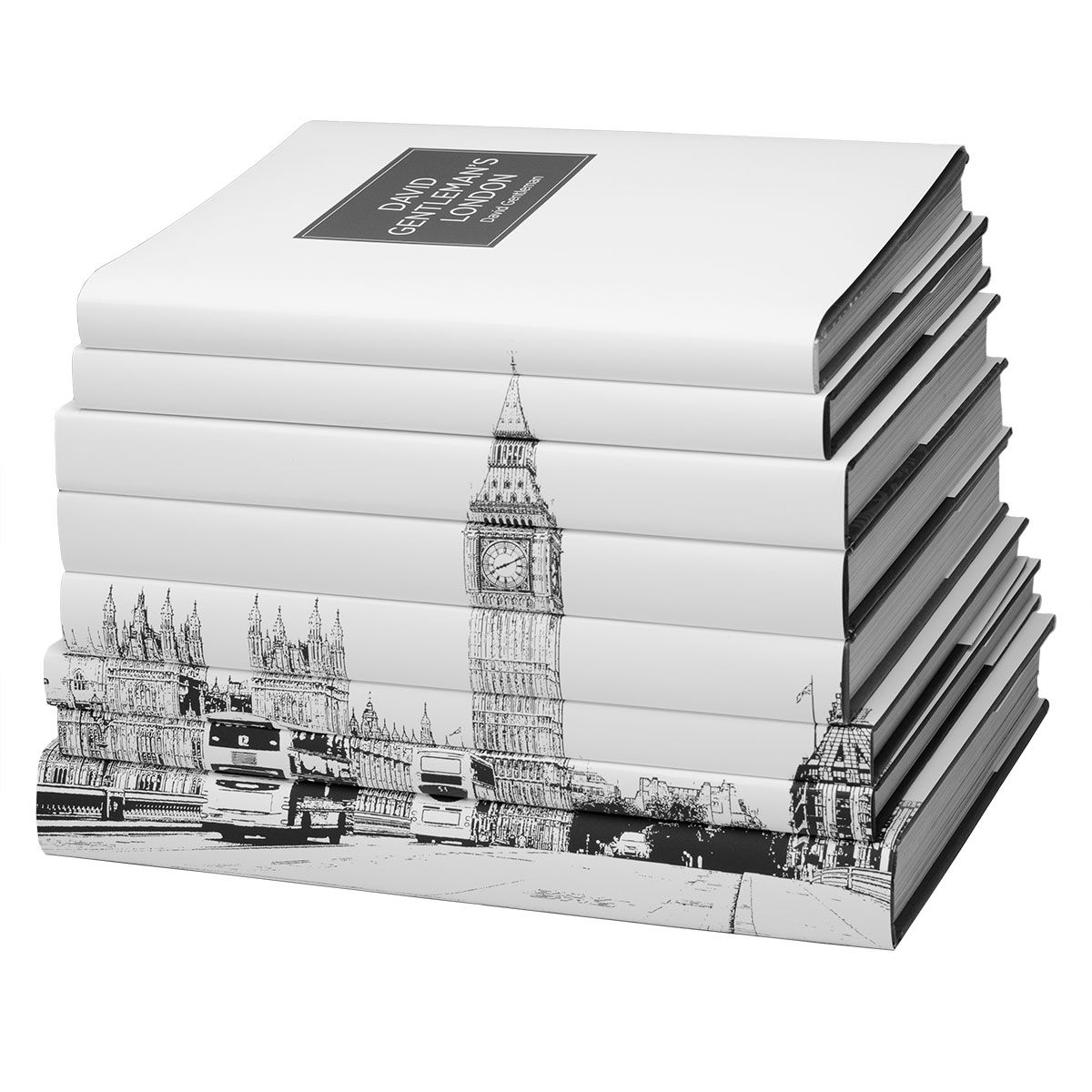
중국에서 올바른 책 인쇄 공장 선택
당신은 야심찬 작가이거나 문학 작품을 생생하게 표현하고 싶어하는 셀프 퍼블리셔입니까? 올바른 책 인쇄 공장을 선택하는 것은 출판물의 품질과 성공에 상당한 영향을 미칠 수 있는 중요한 단계입니다.
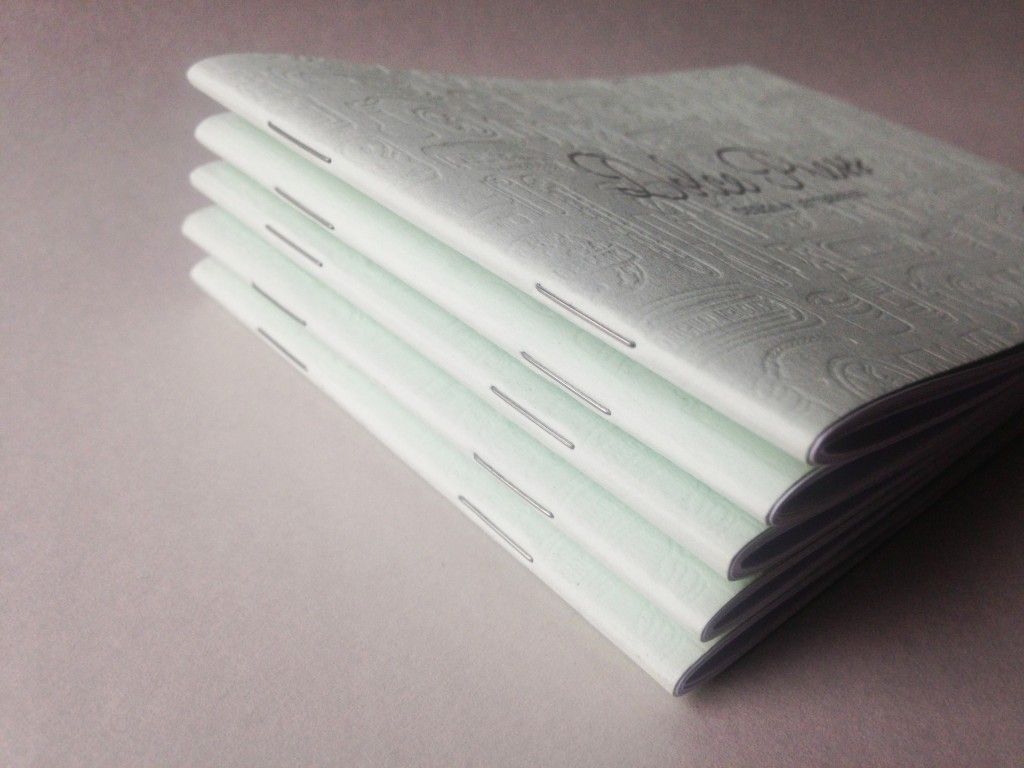
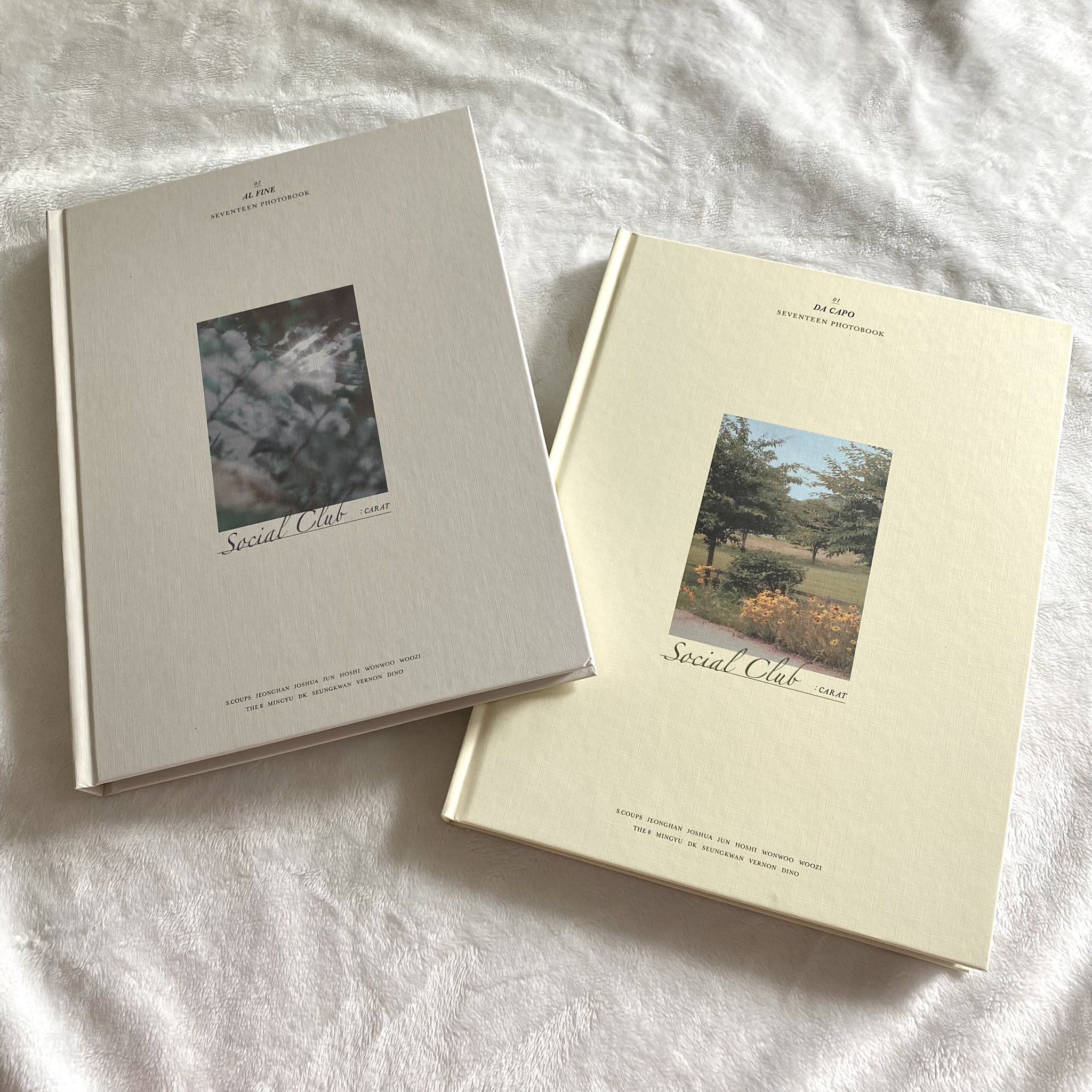
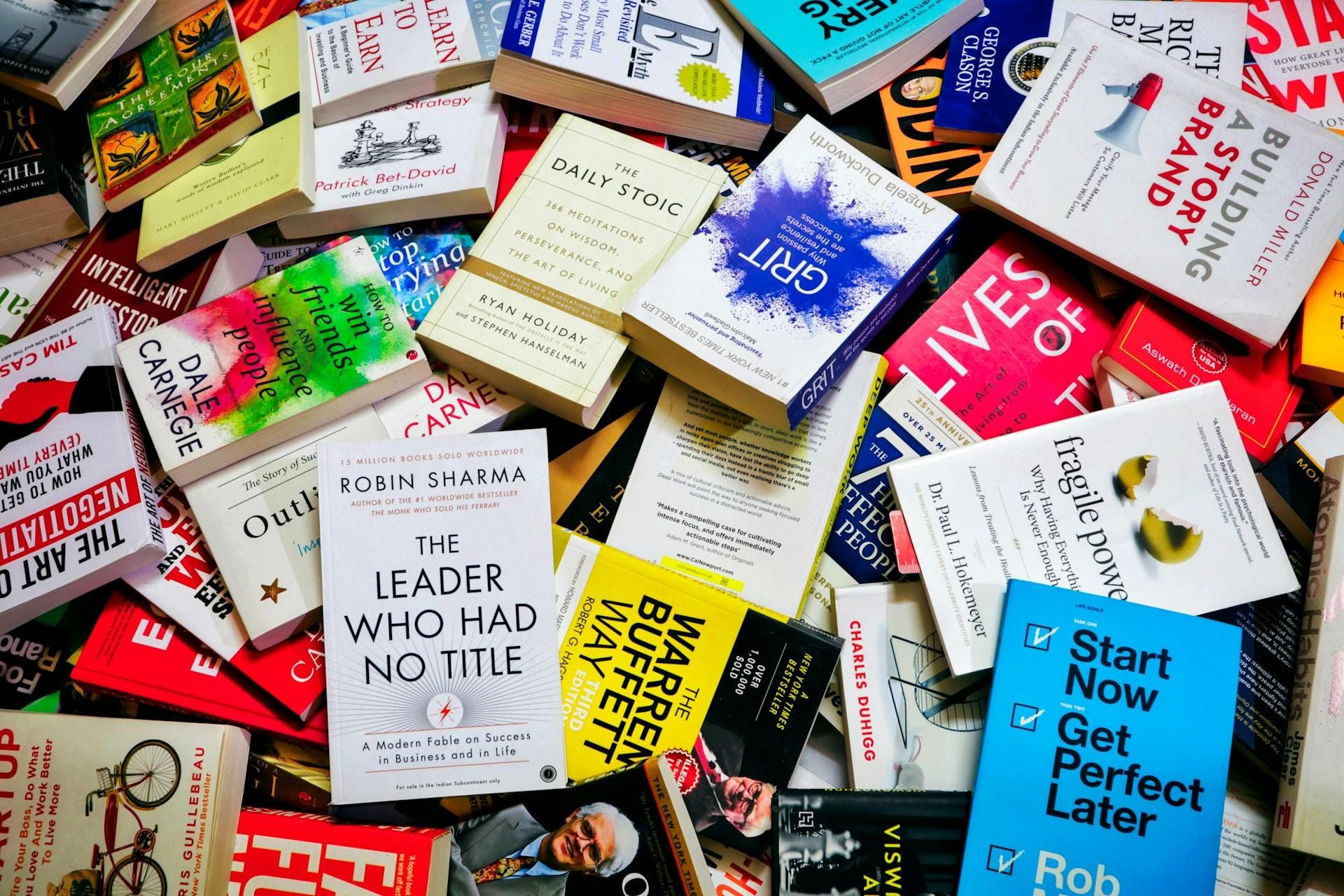
책을 인쇄하는 방법
자체 출판은 창작에서 판매까지 자신의 작품에 대한 통제력을 유지하고자 하는 작가와 콘텐츠 제작자에게 점점 더 이상적인 선택이 되고 있습니다. 전통적인 출판과 달리,
문의하기
- +86 13946584521
- info@booksprinting.net
- 8:00 - 22:00 (월~일)
태그
댓글
관련 블로그
도서 인쇄 사업의 최신 트렌드와 일반적인 지식을 찾아보세요.
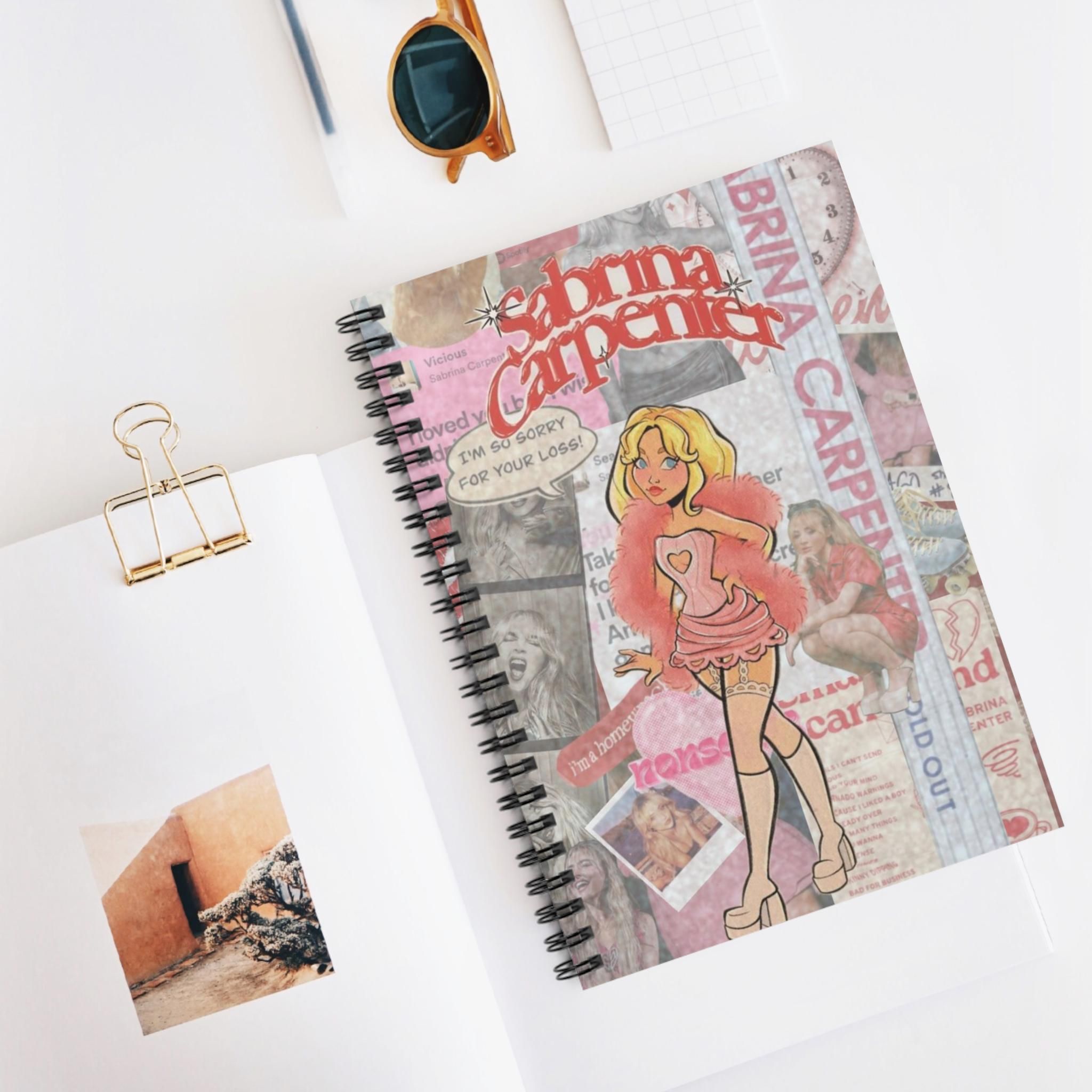
스파이럴 바인딩 책에 대한 완벽한 가이드: 왜 그것이 당신의 비즈니스 요구에 완벽한가
스프링제본 책은 문서를 체계적으로 정리하고, 쉽게 접근할 수 있도록 하며, 전문적인 문서를 보관하고자 하는 사람들에게 인기 있는 선택입니다.
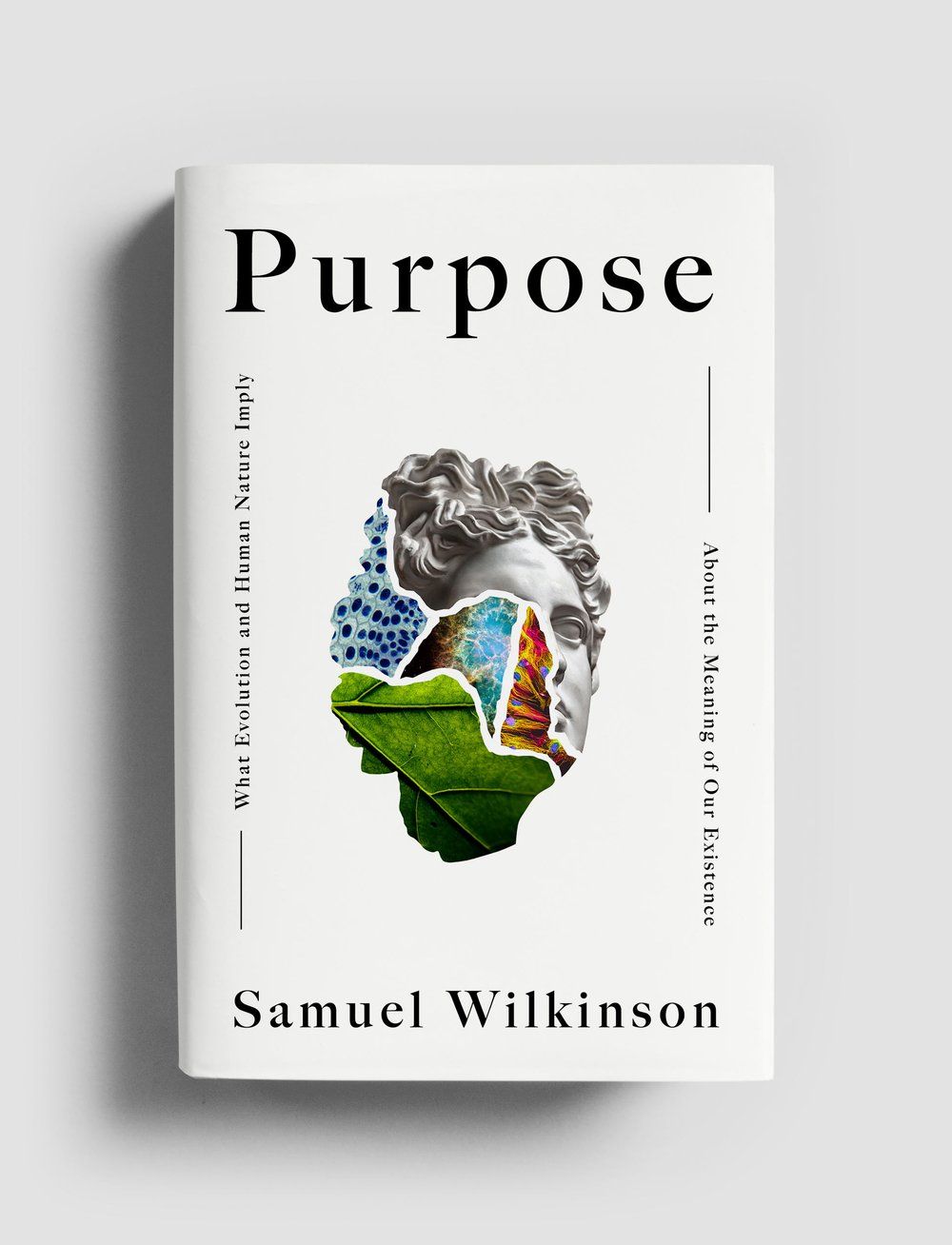
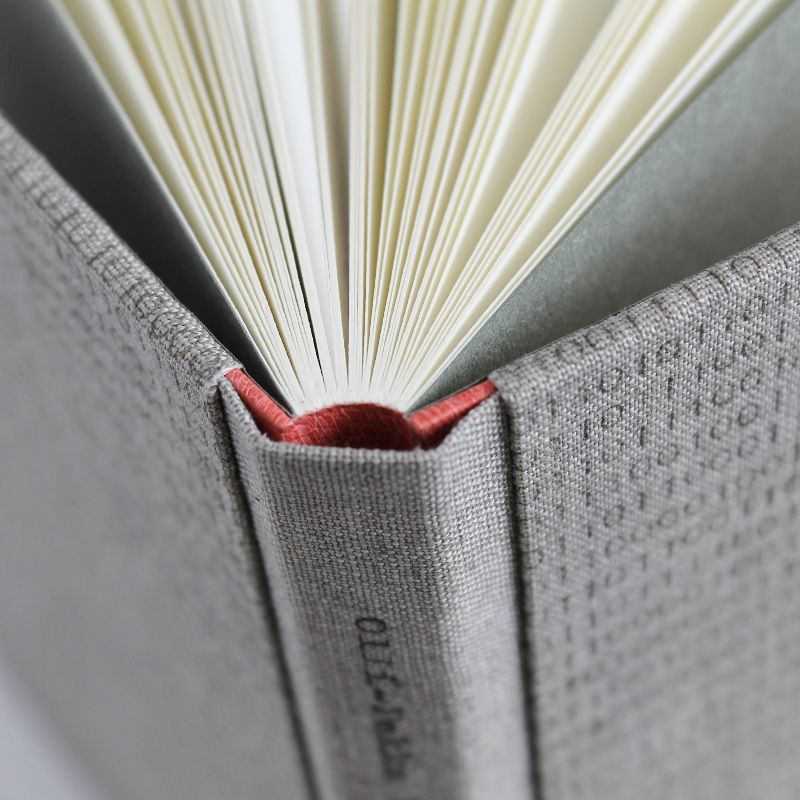
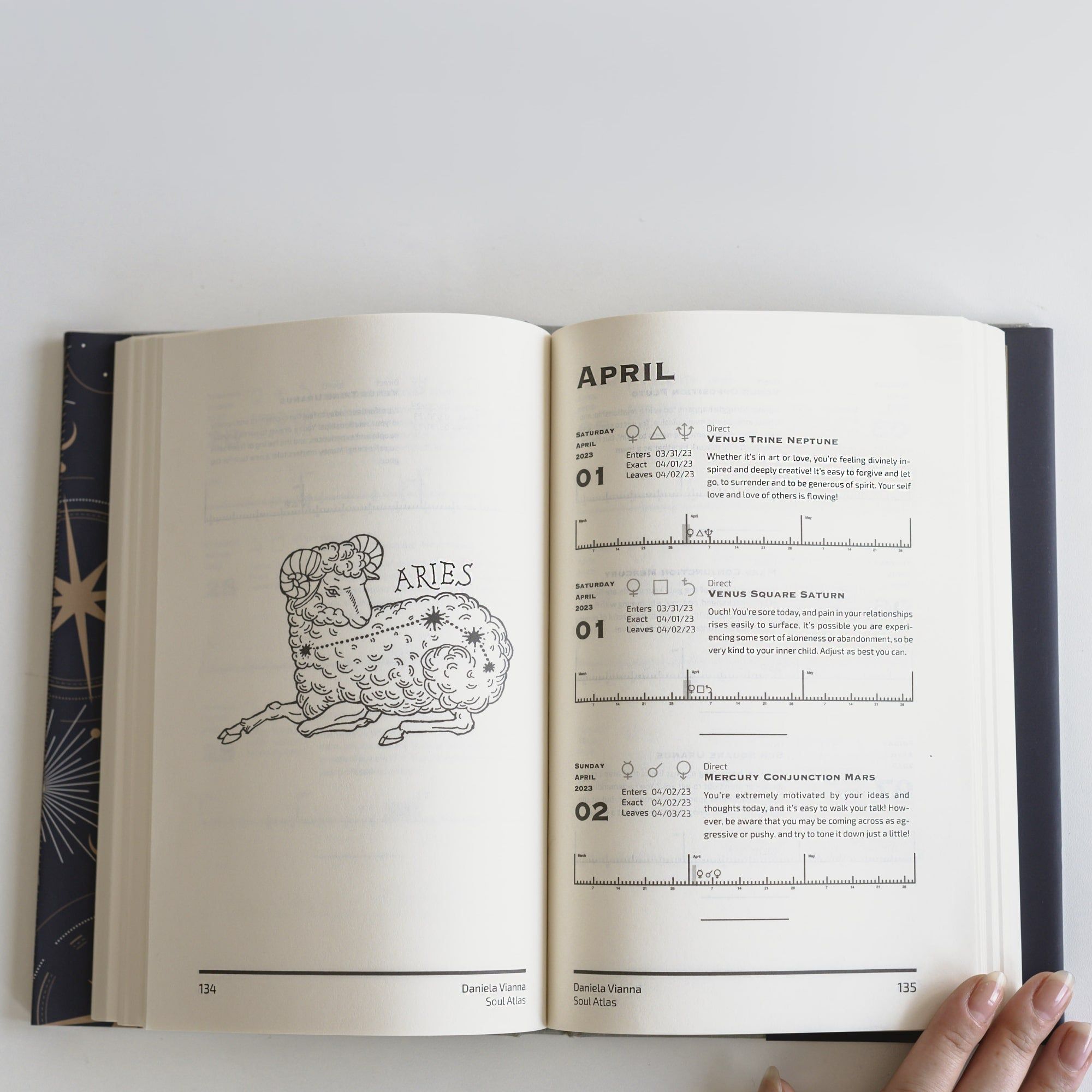
200페이지짜리 페이퍼백 책을 인쇄하는 데 비용이 얼마나 들까요?
책을 인쇄하는 것은 복잡하고 비용이 많이 드는 과정이지만, 작가, 독립 출판사, 도서 제작 산업에 종사하는 기업들에게 보람 있는 경험이 될 수 있습니다.

